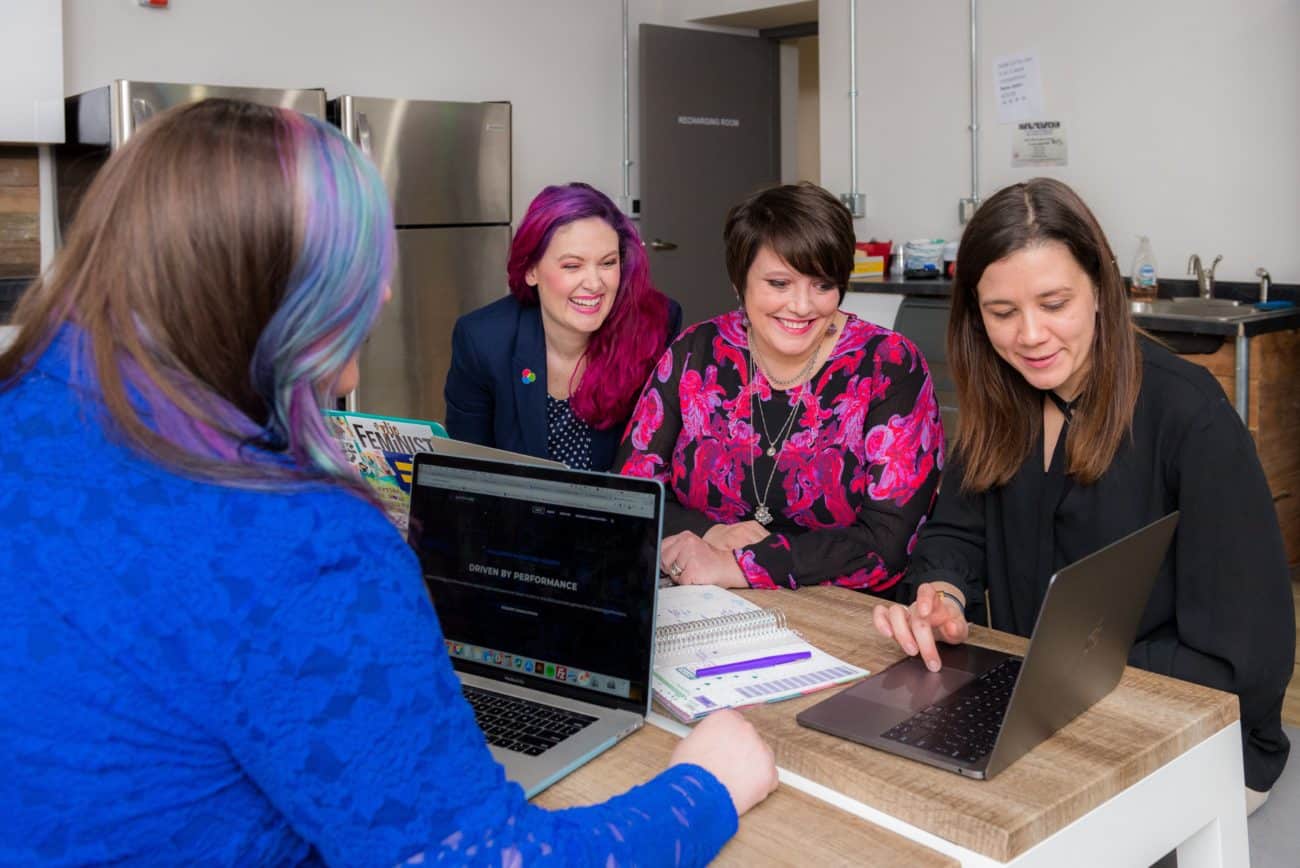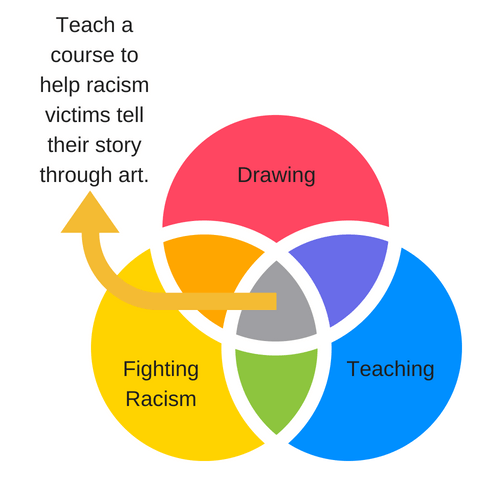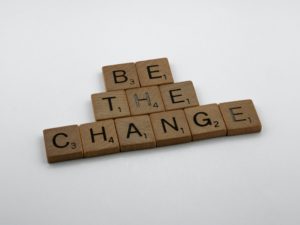- The Meaning of Critical Thinking: A Key Skill for Navigating Today’s Information Landscape - November 3, 2025
- Grandparents Can Develop Activist Grandchildren - September 29, 2025
- Top Six Reasons Credit Union Benefits Are a Smart Choice Over Banks - August 18, 2025
Last Updated on October 23, 2024
Have you ever stopped to think about the impact you’re having on the world? Sometimes, we feel small and insignificant in the grand scheme of things. But we have the power to make a difference. In this blog post, I explore what it means to make a difference and how you can find an activism opportunity perfect for you.
Make a Difference: How You Can Leave a Lasting Impact
What Does it Mean to Make a Difference?
Making a difference is about using your unique skills, talents, and experiences to create positive change in the world. You can make a difference through volunteering, activism, donating to a cause, or simply being a good person.
Why Should You Care About Making a Difference?
Making a difference is important:
- It’s fulfilling: Making a difference can bring a sense of purpose and fulfillment to your life. When you know that you’re making a positive impact, you’ll feel more motivated and energized.
- You become a role model: When you make a difference, you inspire others to do the same. This ripple effect may spread wider than you imagine.
- We need you: The world needs people like you who are willing to make a difference.
Use The Activism Path to Make a Difference
Because you care about your cause, you want to make a difference.
In the previous three steps of the Activism Path you
- focused your passion,
- inventoried your gifts, and
- considered activism methods that motivate you.
All your previous work on the five-step Activism Path pays off here in step four. You combine what you’ve learned about yourself to find the perfect activism opportunity.
An Activism Scenario
Monique helps her mother care for her brother, who has a diagnosis of depression. It is hard to meet his needs, but so rewarding when she helps them improve. Because of her experiences, she’s interested in assisting caregivers, but she doesn’t know precisely how.
So she picks one opportunity from a list and tries it. After a day spent trying to raise funds for an upcoming rally at the statehouse, she knows that this isn’t her cup of tea. It doesn’t fit her skills. The work isn’t motivating, and it doesn’t impact caregivers directly.
A Better Scenario

Monique works as a bookkeeper, and in her spare time she likes to sing and give friends creative manicures. These are specific gifts that she can match to her passion for helping caregivers.
She spends some time trying to combine her gifts with her passion. Her best skill is singing, so she ponders how she can use that to help caregivers. She jots down some ideas.
- Have an open mike fundraising concert.
- Make a playlist of relaxing songs for caregivers to use when times get challenging.
- Singing lessons for caregivers.
- Giving singing lessons to those with the diagnosis to allow caregivers time off.
Monique knows the idea of giving caregivers time off by providing singing lessons is perfect for her.
Tips for Choosing the Right Activism Opportunity
If you have completed the first three steps of the Activism Path, you are well on your way to finding the right activism opportunity to make a difference for your cause. And you can do that with activism you love.
With this work under your belt, you are
- prepared to talk about how you can best contribute to an organization,
- ready to match your personal motivation to your activism work,
- and empowered to have a conversation about the perfect options for you and the organization.
My book, The 5-Step Activism Path Workbook, has templates for
- brainstorming activism options
- ranking your activism opportunities to determine the best fit
- talking with organizations and other activists to find out your perfect match.
- negotiating what work you wish to do
For example, if you are skilled in teaching, you can ensure that you are using your talents to their fullest. Don’t get stuck making phone calls when you want to teach others about your cause and how they can make a difference.
One of my favorite techniques for generating ideas is using intersections. With your solid understanding of your talents, motivation, and cause, this brainstorming technique provides ways for you to make a difference. At the intersection of drawing, teaching, and fighting racism is an activism opportunity. Teach a course to help racism victims tell their stories through art.
Make a Difference
Making a difference is about using your unique skills, talents, and experiences to create positive change in the world.
After you find your perfect activism opportunity, create an action plan to get started and stay motivated in your activism.
READ NEXT
Want to quickly deepen your skills and knowledge in mental health activism? Get Make a Difference with Mental Health Activism, my book with activist Trish Lockard. I’m also excited to partner with Walden’s School of Lifelong Learning to offer a new micro-course called Making a Difference with Mental Health Activism.
How Do Activists Describe the Cause Closest to Their Heart?
Activism in Art and Other Creative Ways To Use Your Talents for Your Cause
How Clarifying Your Gifts Helps You Use Your Talents for Good
Prepare for Activism Success Using an Action Plan Example





Pingback: Prepare for Activism Success Using an Action Plan Example
Pingback: How Clarifying Your Gifts Helps You Use Your Talents for Good
Pingback: How Do Activists Describe the Cause Closest to Their Heart?
Pingback: How Employees Can Make a Difference for Mental Health in the Workplace